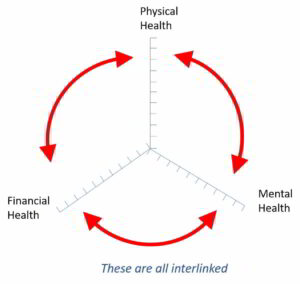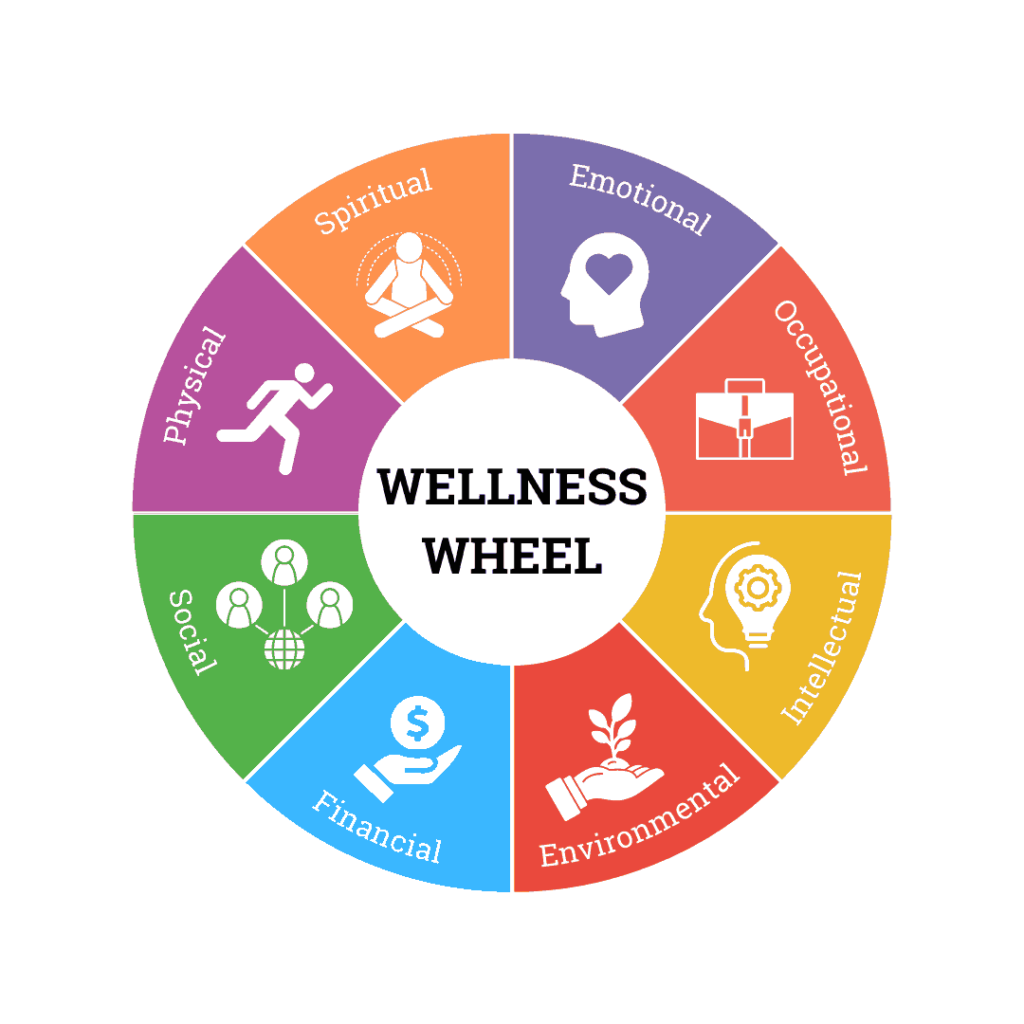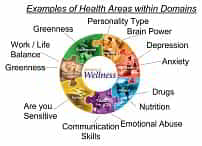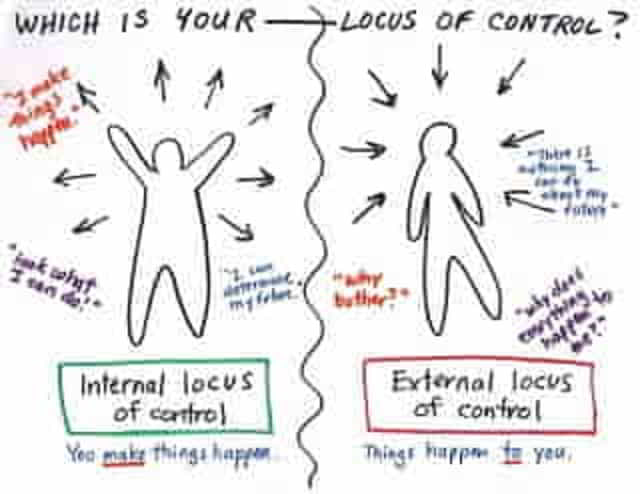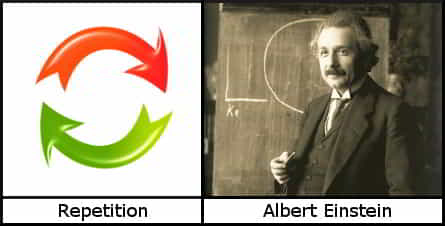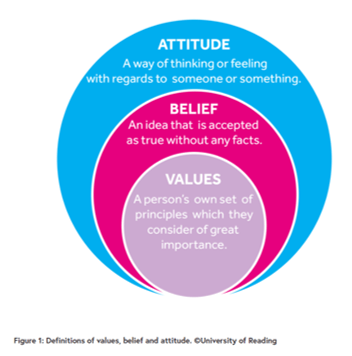Your Dashboard Tools
it's 21 Sep, 2024 9:57 pm
Dizziness and Vertigo
field_5f0c304c72876 - is the title of the exercise
Exercise Summary
The following was published in a leaflet called : “Dizziness: Brand-Daroff Exercises” from St Helens and Knowsley Teaching Hospitals NHS Trust.
The procedure will only take you approximately 5 minutes to perform.
These exercises may also help if you don’t have BPPV but get symptoms of dizziness when you turn your head into certain positions. This can be due to a sensitivity from avoiding these positions due to previous dizziness.
Below is a set of instructions on how to perform the exercises. They should be practiced 3 times per day for approximately a week or until you have been clear of dizziness for 3 days
Main Activity
Daily activity
1) Sit on the edge of your bed or settee.
2) Lie down onto the side that causes your dizziness to
increase, look towards the ceiling. Stay in this position for 30
seconds.
3) Sit upright and then wait for 30 seconds.
4) Move rapidly to the opposite side for 30 seconds, this
completes the first cycle of the exercise.
5) Repeat the above 4 steps twice more.
6) Do the exercises 3 times a day, for approximately one week
or until you have been clear of dizziness for 3 days.
Video
Title
Summary
Play
Now you have to decide if you want this exercise to be part of your action plan.
If you don’t, then either hit the back arrow or click the button to go back to look at another exercise.
If you do, then carry on down the page and follow the instructions.
If you want to include this exercise in your action plan, select Yes from on the right then click the green button saying ‘Include this exercise’.
Sadly you’ll go back to the top of this page – please scroll down and fill in the bits that appear before here.
Add a comment
You can leave a comment below – we’ll get back to you.
